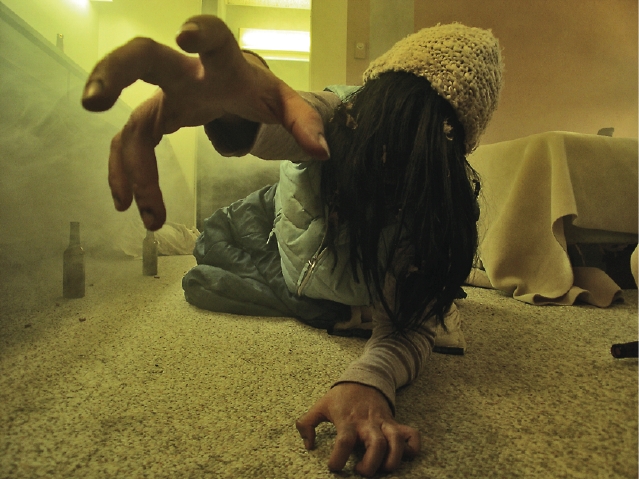Head Trauma
Indie Fright-Fest Opens The Door On A Chilly Homecoming


that ain’t good.
Latest Article|September 3, 2020|Free
::Making Grown Men Cry Since 1992


that ain’t good.